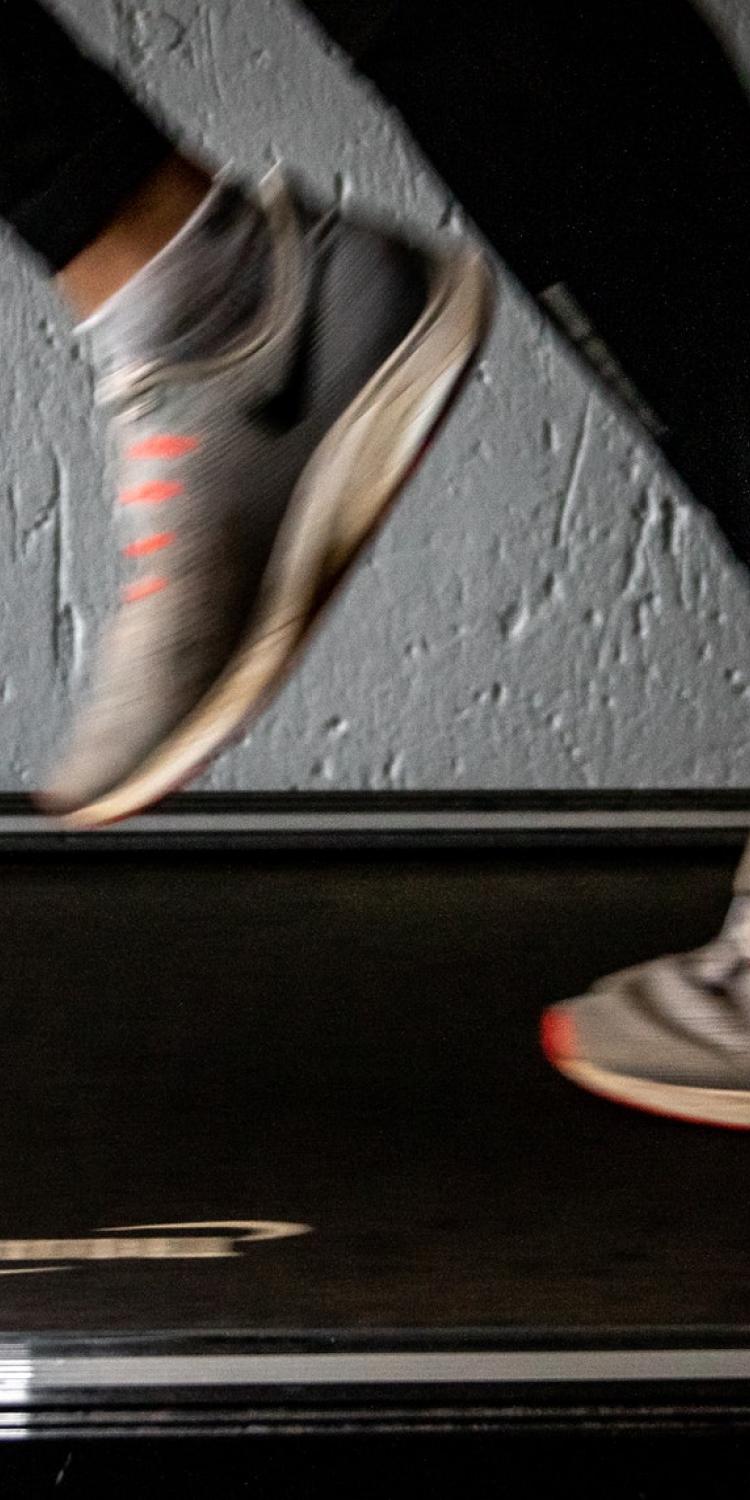Transitioning Out of Naps
This post contains references to products from one or more of our advertisers. We may receive compensation when you click on links to those products. Terms apply to the offers listed on this page. For an explanation of our Advertising Policy, visit this page.
Transitioning a child out of nap time doesn’t have to be hard. You can make it happen.
After a few years of a child taking a nap every day, there comes a time when your child will no longer take a nap. The reason you’re coming to this time is because your child is no longer actually sleeping during their nap any longer - likely they’re just making life tough for you as you have become used to an hour or more of quiet time in the middle of the day.
At some point, your child simply won’t be able to sleep in the middle of the day. This means that you are likely going to be losing your free time that you previously had. Most parents will be frustrated by this loss because it’s one of the few free times that they have during the day. However, you don’t have to completely lose that time.
The simplest way to move out of nap time is to continue to have quiet time during the same period of time as you did for nap times. This provides the greatest flexibility for you as a parent since you’ll still have some free time in the middle of the day as you did before.
Beyond holding on to your precious free time (which is something that all parents like to have as much of it as they can), you’ll also provide the opportunity for your child the opportunity to still nap when and if they need to. Most kids will transition out of an everyday nap routine into an every other day routine. If you completely remove nap time, then you’re likely going to find it harder to get your child in the room to sleep.
Continue to have quiet time, even when the daily naps stop. Your child should be able to sit calmly for an hour playing with toys or reading books or laying down. Teaching them how to rest and relax is extremely important as they grow older - wearing yourself out completely and not taking a moment to recharge can lead to burn out (generally in adults).
Teaching kids that playing by themselves isn’t the end of the world is also a great way to help them to learn to not be reliant on you or other kids to be entertained. Learning to play by themselves is an important ability for them to have. If not, you’ll constantly be pulled in to play with them when there are no other kids around. This isn’t necessarily a problem, but you’ll likely get tired of it very quickly.
Don’t be afraid of quiet time. As previously written about, you can leave a camera or baby monitor in the room to help you feel better if you’re worried about them in their room by themselves. If you have the room baby-proofed then it shouldn’t be an issue, but it’s totally understandable if you want to make sure you can see them.
Transitioning out of nap times can seem like a difficult time for you as a parent. However, moving to quiet time instead of nap time is often the best option for everyone.





